Carnation is one of the most beautiful and popular colors. However, buying a bouquet of carnations in a flower shop, few of us thinks about what a variety of varieties of this plant exists in the world. Despite the beauty of cultural carnations that grown to decorate the life of a person, no less pleasure brings varieties living in wildlife. One of these types of carnations is carnation herbanka. The beautiful plant, which has recently used more and more often for landscape design, can decorate a nice plot, bringing notes of wildlife to it, dilute it with alive bright colors. About how to grow in its portion of the carnation in the grass.
Plant Description
Herbalka is known for quite a long time. According to historians and biologists, this wild flower decorated the flower of noble vessels another two thousand years ago. It refers to European types of plants.
Carnation Herbanka - long-term culture. It can successfully grow and develop for 4-6 years. A bush plants consists of a large number of stalks, the length of which is up to 40 cm. The leaves are sharp shoots whose width is about 1 mm. On one shoot is one inflorescence. The color of the inflorescence depends on the variety of the plant and has a wide palette. It is thanks to this that this flower has a large number of fans among landscape designers. Mostly flowers of the trails of the grass have a pale pink and purple shades. There are varieties that can combine several different shades in their inflorescences.
In the middle latitudes of the carnation, herbanka begins to bloom in mid-June, when stealing warm weather is established. The period of flowering plants on average is 45 days. Guests germination of herbank at the air temperature of more than + 15 °. The seeds of the plant under normal conditions ride already 9-10 days after sowing.
Carnation Herbal: Growing from seeds
Landing from seeds is not too popular among flower products. Although this process is much easier than to "mess around" with the seedle, it gives some worst results. First, the carnation herbanka when sowing can give inflorescences of different colors, and secondly, this flower with a close crop gives bad shoots that can just die due to lack of nutrients and the neighborhoods with weeds.
The preparation of the soil and sowing material is started at the end of April - early May. Soil disinfect for the prevention of fungal diseases and pest appearance. Seeding seed cloves in the grass tray is produced in limited containers with a predominance of sand. Since this plant is quite warm-loving, then the temperature in the room where the seeds will grow, it is necessary to maintain within + 16 ° C ... + 20 ° С for two weeks. This will help seedlings not only to climb, but also to strengthen.
To achieve a longer flowering of flowering of flowering, seeds are carried out in several stages. Seed out the seedlings of the grass of the grass, when the threat of frosts will be minimal. With weak seedlings, it can be held longer to hold the greenhouse or greenhouse. For landing in the ground, it is enough that 4 pairs of full-fledged sheets are formed on the shoot.
Growing the cloves of the grass with seedlings
This method is most preferable in reproduction of this plant. The vegetative method is breeding three techniques:
- Shining. It is used mainly for reproduction of perennial grades of carnations of grass. To carry out this operation in the late spring, the beginning of the summer choose the most suitable shoots for it. Their length should not exceed 10 cm. Immediately under the node make a neat cut and remove the lower leaves. The future cutlets is placed in a specially cooked substrate. In this case, a seedl must provide a seedlings of high humidity conditions. For this, the container with the substrate can be covered with polyethylene or agrofluoride.
- Reproduction by chains. Such an approved is extremely rare, as it is necessary to hold a large length stems. With this operation, a small incision in the region of the lower intercose is produced. Then neatly the process is closed so that its end watches up. The place of the cut is drawn by the Earth and the process is ensured by increased humidity. After the roots appear on the process, it is cleaved by the maternal escape.
- Division bush. Since the perennial types of grass are small bushes of plants, it is often used precisely to the division of a bush, which gives the most projected and positive results. To achieve bush flowering in the same year, the division process must be carried out no later than the end of March.
Carnation Herbank: Care
Herbal, like most types of carnations, is a rather unpretentious plant that does not require constant care. Timely irrigation and the introduction of organications will help achieve good results in cultivation.
When planning irrigation, it is necessary to keep in mind that the carnation of herbanka very badly tolerates the mooring of the soil, so it is necessary to monitor the state of the soil and watering it is dosed to prevent water stagnation.
When forming powerful shoots, a bush of the plant becomes frost-resistant, without problems carrying winter. Therefore, for the winter it can not be covered.
Diseases of cloves trains
Although herbanka is unpretentious under normal conditions, he is still susceptible to be defeated by some diseases. In comparison with the greenhouses of this species, the wild-growing carnation, or the one that grows on the flowerbed, is less susceptible to disease. Especially bad, herbalca carries the neighborhood with heavy metals, which causes her bad growth next to roads. Most often, the carnation is ill if it grows near the tulips. All diseases that tulip suffer, be sure to go to his neighbor. However, such "symbiosis" can be destroyed for tulip. The fact is that copper preparations that are treated with a sick carnation can lead to death for a "neighbor."
Next, consider the most commonly encountered diseases of the cloves of the grass.
Fusariosis. This is a fairly common fungal disease. Spores of the mushroom - the source of the disease amaze the vessels of the plant. The patient plant can be determined by dried yellow but not fallen leaves. Flowers of the affected carnation are not completely uncovered or dissolved at all. Most of the stalks of the bush are discharged with the root system. With increasing moisture on the stalks of the plant, you can observe the mushroom controversy, which are substituted with small pinking pads.
The cause of the disease can be a mushroom dispute, which feel very well in a wet acidic soil at high temperatures. The soil processed before planting plants is guaranteed to cause the disease. Also, the risk factor can be excessive moistening of the soil, which carnation does not like.
To prevent plant disease, fusariosis, it is necessary to significantly reduce the introduction of nitrogen fertilizers, and increase the feeding with potash-phosphoric mixtures. Also carry out soil mulch using sand or small gravel. If the infection still happened, then at this place to plant the next 5-6 years is not recommended.
With the appearance of the first signs of the disease, it is necessary to remove plants as soon as possible with obvious trails of the disease, the rest, as well as the soil near them to treat solutions of fungicides at the rate of 10 mg of the drug on 10 liters of water. After 10-15 days, processing must be repeated.
Alternariasis. Another fungal disease that brings a large amount of sore gardeners. There is a disease with the appearance of small spots of black and olive colors around the streaks, which form a kind of flare. Also, similar stains of the browned shade appear on plants stems, which leads to their rotting.
The infection appears from the diseases of the plant and rotting residues in the soil. The ideal conditions for the development of alternariasis are considered warm weather with abundant precipitation.
To avoid the appearance of a disease in flowerbeds with cloves by grass, conduct a standard set of measures for the prevention of fungal infections. It includes the mulching of the soil, an increase in the share of phosphate-potash fertilizers, shifting the place of landing. When preparing seeds, they must be treated with fungicides or warm up to a temperature of + 50 ° C.
For the treatment of still healthy plants, solutions of such substances are used as: Bordeaux fluid or copper chlorine.
Among other fungal diseases that are often found at the carnations can be noted rust. It manifests itself in the form of brown bloats on the sheets of the plant.
The cause of the disease, like other fungal, is excessive moisture, lack of potassium, excess nitrogen. Prevention and struggle against rust is not fundamentally different from the fight against other fungal diseases.
Pests cloves trains
Special pests that would prefer the grass, in nature does not exist. Roots, shoots of the plants like to be enjoyed to enjoy the pool and inhales. To combat these pests, use a standard set of methods. First of all, it is autumnal pumping, thanks to which most pests die from low temperatures. For the winter you can also arrange a trap on the polar. In a small dug hole impose manure. As a rule, it attracts insects that love to winter in such conditions. Early spring you can dig a hole and destroy insects. If preventive measures did not bring the result, they are struggling with bear with the help of a strong solution of economic soap, which is simply poured into a mink.
Underflows catch on a simple bait. To do this, put a little wet grass under a small board. In such shelter, insects are usually hiding from the scorching sun, where they can be destroyed.

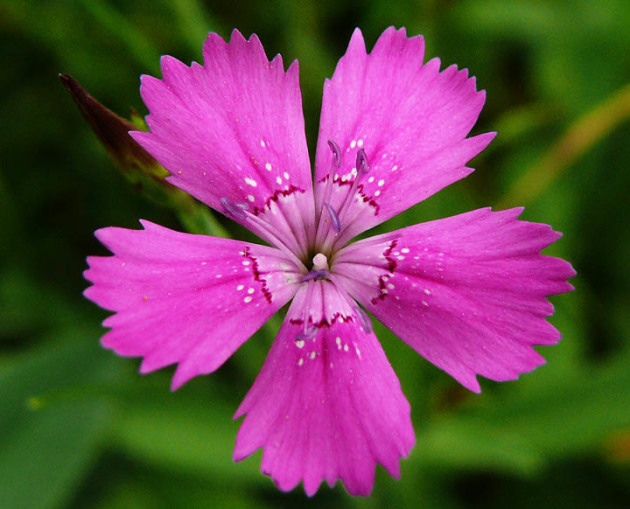
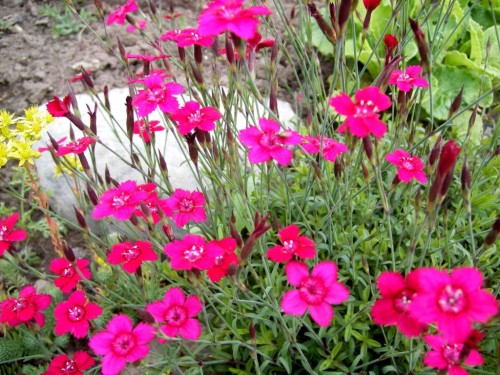
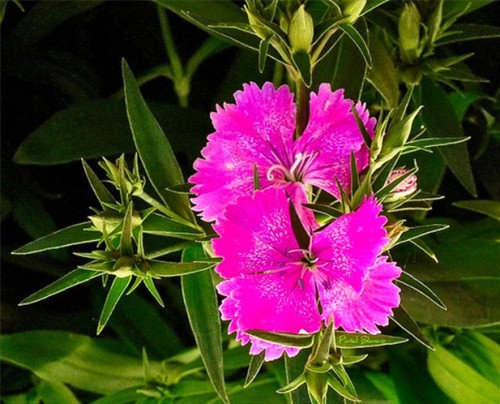
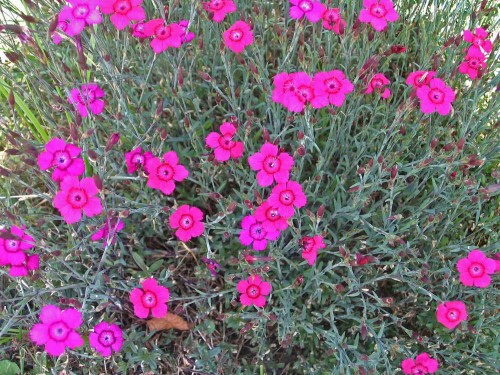
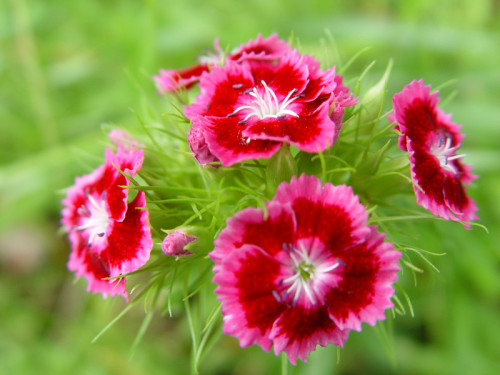
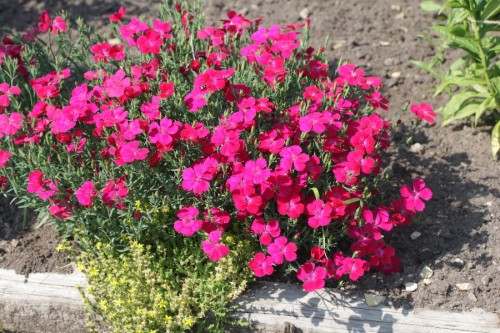
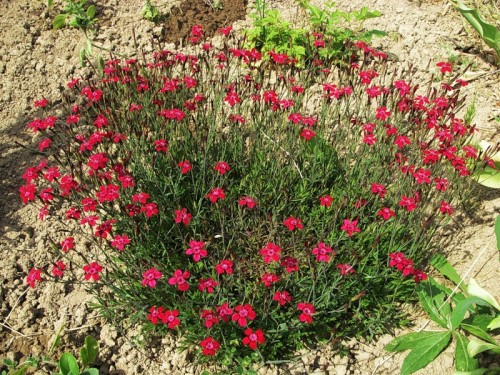
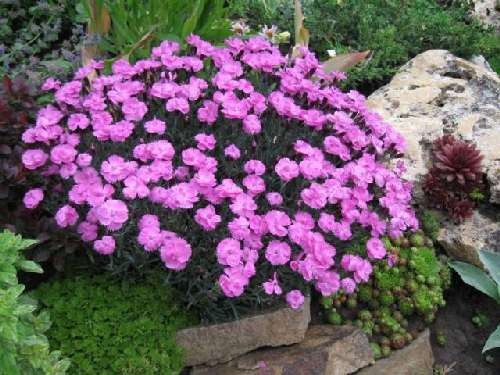
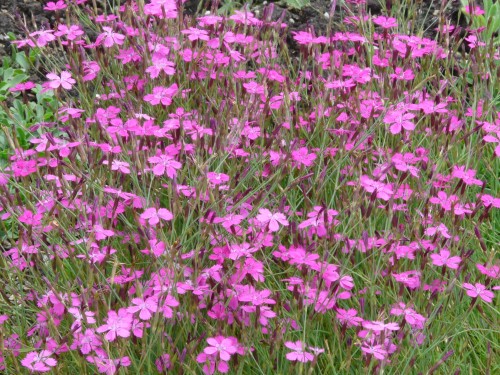
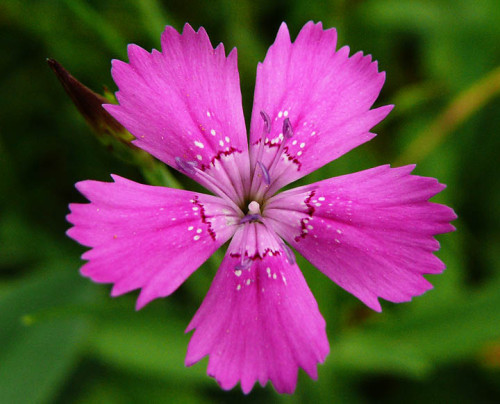












 Start a discussion ...
Start a discussion ...